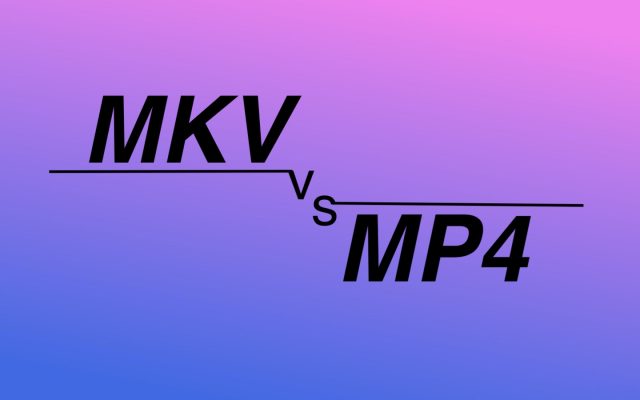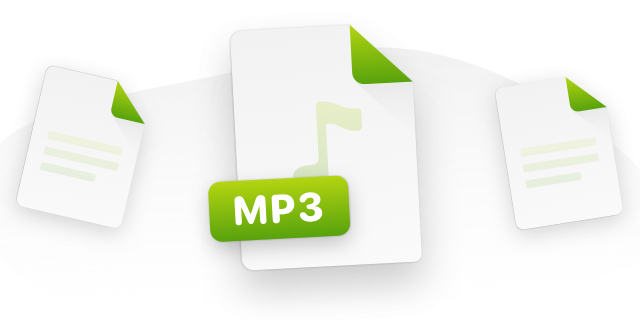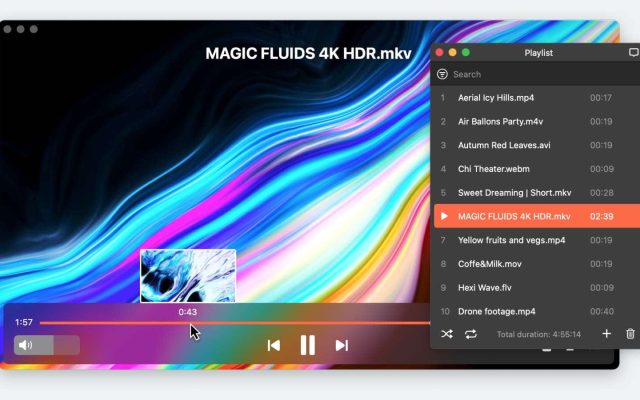- Video Player for Mac
- M4V Player Mac
- M4V vs. MP4: What Is the Difference?
M4V vs. MP4: What Is the Difference?
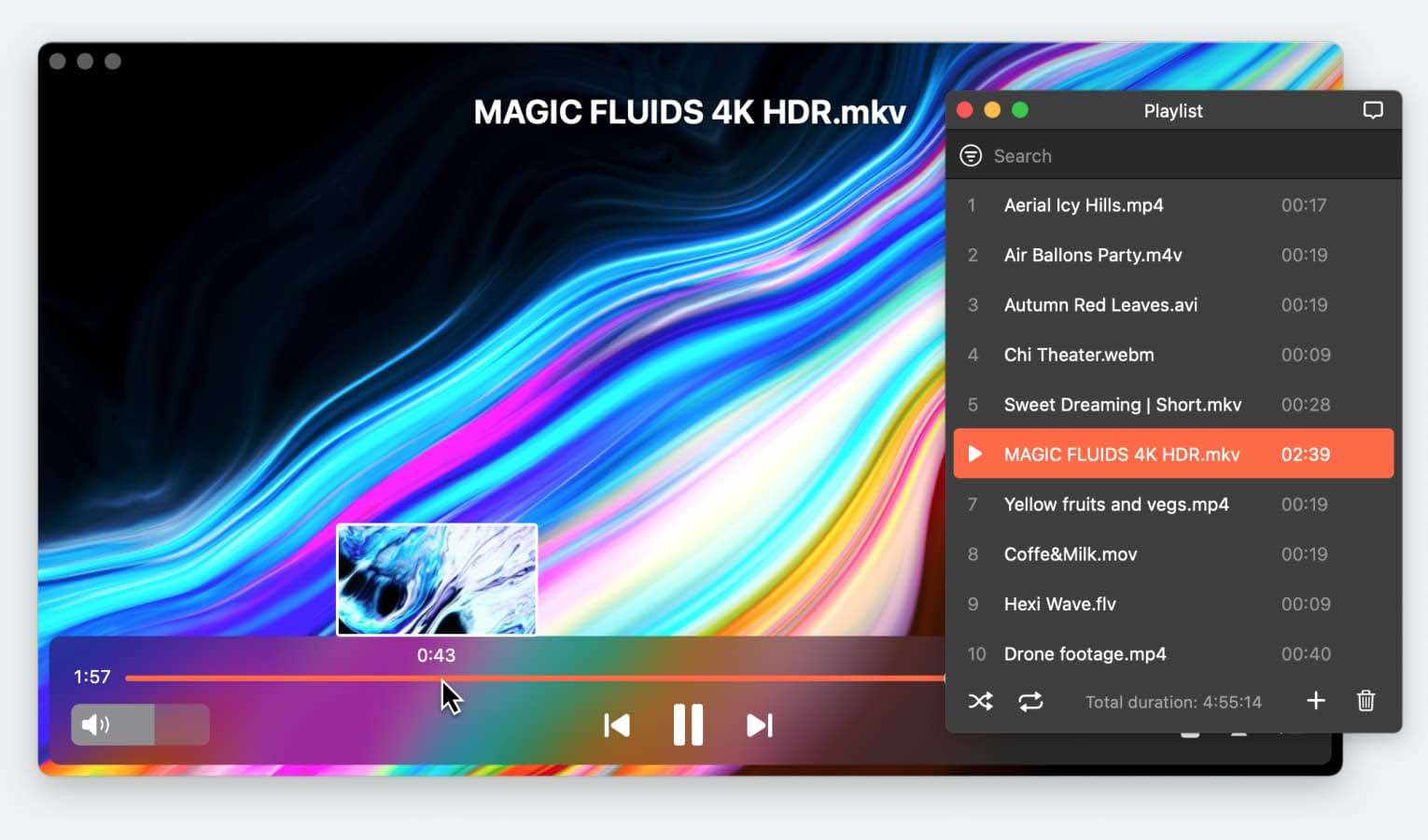
M4V and MP4 are two popular video formats based on the MPEG-4 standard. While they have much in common, there are notable differences. MP4 is a widely compatible format that works across most devices and platforms, offering efficient compression and quality. In contrast, M4V, often used for videos downloaded from iTunes, may include DRM protection, which restricts playback to certain devices. In this article, we’ll take a closer look at these differences to help you choose the right format for your needs.
What Is an M4V?
M4V is an Apple-developed container format, whose purpose is to make illegal content sharing and distribution difficult. It is protected by a Digital Rights Management called FairPlay DRM. As Apple develops it, the M4V file type can be found in all Apple programs and devices. Any movie or song purchased from iTunes most definitely is an M4V format. This format is designed for Apple devices like Apple TV, iPad, and other iOS gadgets, ensuring a smoother experience on those devices.
What Is an MP4 File?
MP4, short for MPEG-4 Part 14, is a widely recognized multimedia container format. It’s mainly used to store video and audio, but can also contain images, subtitles, and even GIFs (with the use of VEED GIF converter). MP4 files are compatible with most media players and can be easily played or streamed online on almost any device.
One difference between MP4 and M4V is that an MP4 file doesn’t have DRM copy protection. This allows MP4 format content to be distributed with no restriction.
How to Open and Play M4V and MP4 Files [Mac & Windows Included]
To open M4V files, your options depend on whether the files have DRM protection. M4V files, typically downloaded from iTunes, usually have DRM, which only lets them play on authorized devices.
- If an M4V file is protected by DRM, you’ll need to authorize your device with the iTunes account that purchased the video. Once authorized, you can open it with iTunes or QuickTime on a Mac, or Windows Media Player on a Windows device.
- For non-protected videos, you can use Windows Media Player on Windows or Elmedia Player on a Mac. Elmedia Player can play M4V files directly and supports many video formats, including MP4.
What Are the Differences Between M4V and MP4
If you’re curious about the main differences between the popular MP4 format and M4V, we have you covered. The key distinction is that M4V often includes DRM protection, making it harder to play without the appropriate software. However, there are other differences as well and we’re going to explore them in the following paragraphs.
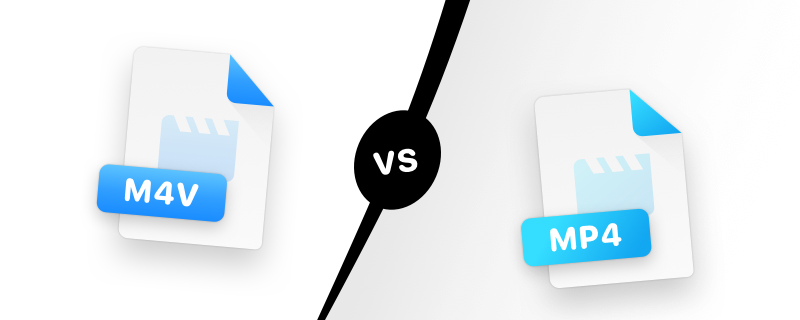
Codecs
From an encoding point of view, M4V and MP4 are very different. First of all, they use different codecs and M4V’s container is only compatible with H.264 while MP4 can also use MPEG-4, H265, and others. From an audio point of view, both formats can hold MP3, AC3, or AAC codecs. Taking all these into consideration, we can conclude that the quality is similar but the file size for M4V is larger.
Compatibility
When we do an M4V VS MP4 comparison, the first and biggest difference is their compatibility. MP4 is compatible with any type of device and operating system such as Windows, macOS, Android, iPhone, game consoles, and so on. Media players easily identify MP4 and can run it with no issue.
On the other hand, iTunes M4V files are more selective, as they are primarily designed for Apple devices. They can be opened by default in iTunes, and QuickTime Player also supports this format.
Popularity
MP4 always wins the popularity contest since it doesn’t have any DRM protection and it doesn’t need any dedicated software. However, if you only stick to Apple products, M4V is a very good choice. You won’t have any issues and you will be able to enjoy the full Apple experience.
Developer & Application
In the MP4 vs M4V discussion, we can’t ignore their developers and support applications. To have a better understanding, M4V is a file type developed by Apple, designed specifically to match its products, including iPhone, iTunes, and more.
MP4, developed by the Moving Picture Experts Group (MPEG), is designed to be compatible with virtually any device and media player. It also has a strong compression capability, and very few bandwidth requirements too.
Conclusions for Mac & Window Users
Now that we have settled the difference between MP4 and M4V, it’s time to discuss which one to choose, based on your needs and projects.
If You’re a macOS User
The M4V format was specially designed for Apple products. Using this file type will offer you protected video content. You can rest assured that your media can’t be copied or edited.
Moreover, the M4V file can have other features such as chapters, AC3, or subtitles running with no problem. Some Apple products need the M4V extension to run AC3 audio for it to function. Converting M4V to MP4 can be problematic for iPhones or iPads, so we suggest you avoid doing it.
If You’re a Windows User
MP4 is the go-to. In MP4 versus M4V conversation, the former has much better compatibility with universal devices. It’s easier to copy, transfer or playback an MP4 format file. It can be used on Windows and Android operating systems, and in case an MP4 file type gets damaged, there are many software options available to repair it.
Popular Articles
MP4 or M4V: Comparison Chart [Pros & Cons Included]
After talking about the main M4V and MP4 differences you need to be aware of when choosing your M4V player Mac software, it’s time to put everything on a table. You will be able to easily compare the two formats in all aspects.
| M4V | MP4 | |
| Developer | Apple Inc. | Moving Picture Expert Group (MPEG) |
| File extension | .m4v | .mp4 |
| Video Coding Formats | H.264 | MPEG-4, H.264, H.265, and others |
| Audio Coding Formats | MP3, AAC, AC-3, and others | MP3, AAC, AC-3, and others |
| Supported Devices & Players | Only Apple players and devices | Almost all players and devices |
| Editing | Easily and quickly opened in editors | May cause issues and waste time in production. Good choice for the final product. Plenty of documentation and community help |
| Copy Protection | Often protected by DRM software | No copyright protection in most cases |
| Pros | The proprietary copyright protection makes this format better for paid media, such as the one you get through iTunes. | Easily played by most devices and players which makes it very popular. Also, users can copy, upload, and convert MP4 files. Can be used by almost all media players and devices due to its great compatibility; and users can easily upload, copy and move the files. |
| Cons | Reduced Compatibility for players and devices that are not developed by Apple. |
The maximum supported resolution is 1440×1080.
|
Conclusion
In this article, we have covered the main differences between M4V and MP4, evaluating their advantages and disadvantages. For integration into the Apple ecosystem, M4V is a solid option as it has compatibility with Apple products. For broader compatibility and ease of sharing across platforms, MP4 is the more versatile choice. We’ve tried to cover the key points so you can decide which format is best for you.
Frequently Asked Questions
You can convert M4V to MP4 using tools such as Handbrake, VLC Media Player or online converters. In some cases, simply renaming the file extension from “.m4v” to “.mp4” is enough, as M4V is a kind of MP4 container format.
You can play M4V videos using various media players, including a pre-installed QuickTime Player. If you’re looking for a dedicated and user-friendly solution specifically for Mac, Elmedia Player is an excellent choice. It supports a wide range of video formats, including M4V and MP4, and offers a range of features.
Your M4V video might not play due to file corruption, player incompatibility, or missing codecs. Try a different player like Elmedia Player or VLC, or download the video again.

